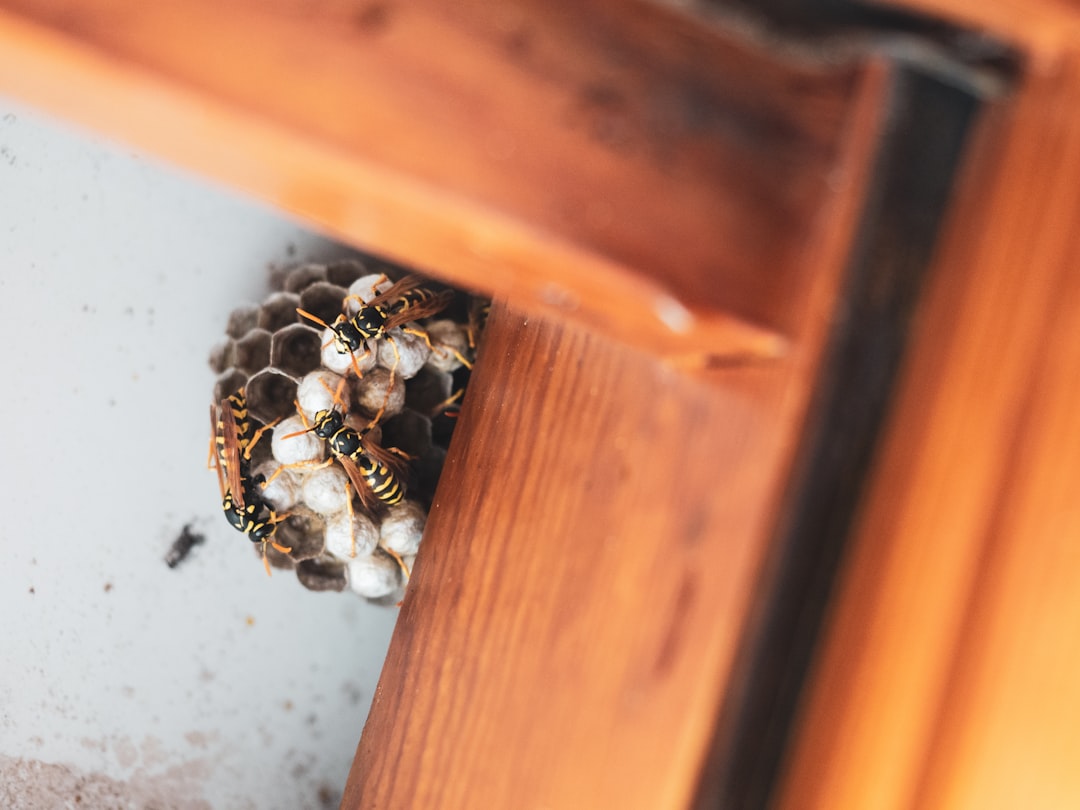Gardening is an act of nurturing life—so it makes sense that how we protect our plants should be just as thoughtful. While synthetic pesticides may offer a quick fix, they can also disrupt the delicate balance of your garden's ecosystem, harm beneficial insects, and contaminate soil and water. Fortunately, there's a better way.
Natural pest control is about working with nature, not against it. From attracting helpful insects to making homemade repellents, this approach is both effective and eco-friendly, giving you a thriving garden that supports the health of your plants, pollinators, and the planet.
Why Choose Natural Pest Control?
-
🐝 Protect pollinators like bees, butterflies, and hoverflies.
-
🌍 Preserve soil health and biodiversity.
-
🧑🌾 Keep food safe from chemical residues.
-
💸 Save money with homemade or low-cost solutions.
-
⚖️ Promote balance in the garden’s natural ecosystem.
Step 1: Know Your Enemy (and Your Allies)
The first rule of natural pest control? Observation. Not every bug is bad! In fact, many are essential for pollination and pest control.
Common Garden Pests:
-
Aphids – Tiny sap-sucking insects; cause curled leaves and sticky residue.
-
Caterpillars – Chew holes in leaves; some are major crop eaters.
-
Slugs and snails – Leave ragged holes, mostly at night.
-
Spider mites – Microscopic pests that cause stippled or yellowing leaves.
-
Whiteflies – Fly up in clouds when disturbed; damage plants by sucking sap.
Beneficial Insects (Invite These Heroes!):
-
🐞 Ladybugs – Eat aphids, mites, and other small pests.
-
🕷️ Spiders – Natural predators for a range of bugs.
-
🐝 Bees & butterflies – Pollinators crucial to fruit and vegetable production.
-
🐝🦰 Hoverflies – Larvae feast on aphids.
-
🐞 Lacewings – Voracious predators of soft-bodied pests.
Step 2: Natural Pest Control Strategies
1. 🌼 Plant a Pollinator and Predator-Friendly Garden
Create a diverse ecosystem that attracts beneficial insects and birds:
-
Include flowering herbs like dill, fennel, yarrow, and borage.
-
Plant native wildflowers to support local pollinators.
-
Add birdbaths or insect hotels to provide shelter.
2. 🪻 Companion Planting
Certain plants repel pests or attract beneficial ones when grown near each other.
-
Marigolds – Repel nematodes, whiteflies, and aphids.
-
Basil – Keeps flies and mosquitoes away; great near tomatoes.
-
Garlic and chives – Deter aphids and Japanese beetles.
-
Nasturtiums – Act as a "trap crop" for aphids and beetles.
3. 🧪 DIY Sprays and Solutions
Make gentle but effective pest repellents with ingredients you already have:
-
Garlic Spray: Blend garlic, water, and a touch of dish soap. Strain and spray to repel aphids and beetles.
-
Neem Oil: Natural insecticide that disrupts pest growth cycles—safe for most beneficial insects when applied early or late in the day.
-
Soap Spray: Mix a teaspoon of unscented soap with a quart of water. Great for soft-bodied pests like aphids and mites.
4. 🪤 Physical Barriers
Simple and effective:
-
Row covers – Keep insects off crops like cabbage and squash.
-
Copper tape – Repels slugs and snails.
-
Sticky traps – Useful for monitoring and trapping flying pests like whiteflies and fungus gnats.
5. 🧹 Garden Hygiene
Prevention is powerful:
-
Remove dead or diseased leaves promptly.
-
Rotate crops to avoid buildup of soil-borne pests.
-
Avoid over-fertilizing, which can attract pests to overly lush growth.
Step 3: Embrace a Balanced Perspective
A natural garden isn’t about eliminating every pest—it’s about maintaining a healthy balance. A few aphids or a nibble here and there is part of nature’s cycle. When your garden is vibrant and diverse, it can usually manage minor pest issues on its own.
If you step in, do so gently—with intention and minimal disruption.
Global Tips for Natural Pest Control
Whether you're gardening in a high-rise balcony or on open farmland, here are universal strategies that work:
Region Pest Challenge Natural Strategy Tropical climates High humidity = fungal issues Neem oil, good airflow, spacing Temperate zones Aphids, slugs Ladybugs, copper barriers, companion planting Dry/arid areas Spider mites Increase humidity, water sprays, shade cloth Urban gardens Whiteflies, mealybugs Sticky traps, soap spray, bring in beneficialsFinal Thoughts: Let Nature Do the Work
Natural pest control isn’t about perfection—it’s about partnership. When you embrace this approach, your garden becomes more than just a place to grow food or flowers—it becomes a living, breathing ecosystem where every insect, flower, and leaf has a role to play.
By working with nature, you’ll grow healthier plants, nurture biodiversity, and create a garden that’s resilient, beautiful, and bursting with life.
🌿 Your plants will thank you—and so will the planet.

Comments
No comments yet. Be the first to comment!
You must be logged in to comment. Login